
Get a clear estimate for attic fan repair costs to learn what impacts pricing, how to save, and whether to repair or replace your attic fan.
Some sneaky household items may use more energy than you think


The HVAC system is responsible for the most residential electricity usage.
Turning off lights can reduce electricity costs.
As device usage increases, so does the amount of electricity used.
An electrical audit can help you save on your electricity costs.
It can be easy to go through your day without realizing how much electricity your home consumes daily. We heat and cool our homes for comfortable living, run refrigerators 24/7 to keep our food fresh, and use our devices to make sure we’re up-to-date on the latest news. But what actually uses the most electricity in the home?
According to the 2015 Residential Energy Consumption Survey (RECS) conducted by the Energy Information Association, HVAC systems are responsible for the most electricity consumption in residential homes, followed by water heating, lighting, refrigerators, TV and devices, and dryers.
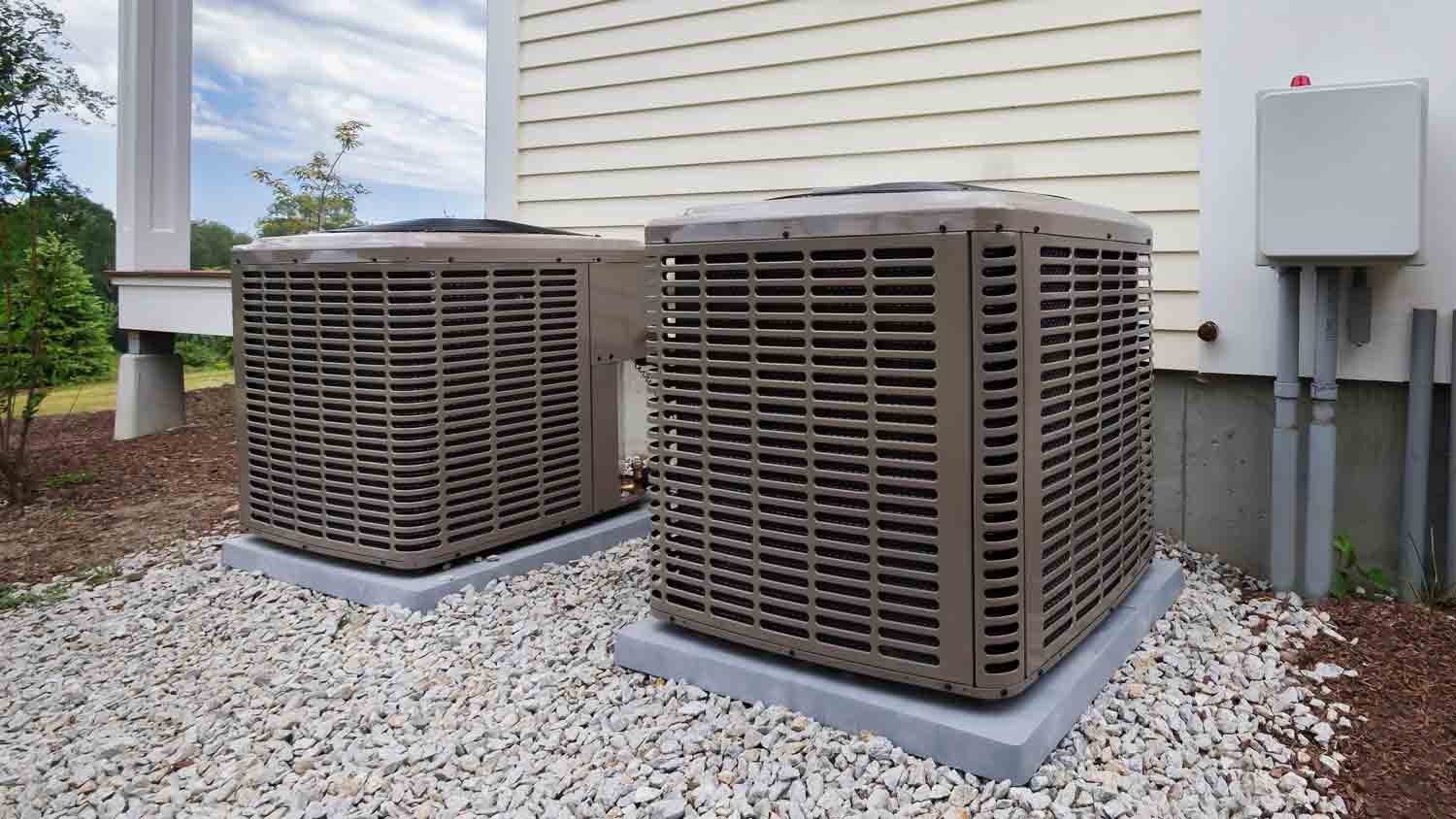
The HVAC system is actually two systems—the air conditioning and the heating system. When it comes to electricity consumption, these systems use the most energy and are often discussed as one system to reflect their impact on energy costs. Depending on the weather, furnaces and air conditioners can run for a substantial amount of the day, accounting for their position at the top of residential electricity consumption.
The air conditioning system uses the most household electricity at 16.9%.
Space heating comes in second, using 14.8%
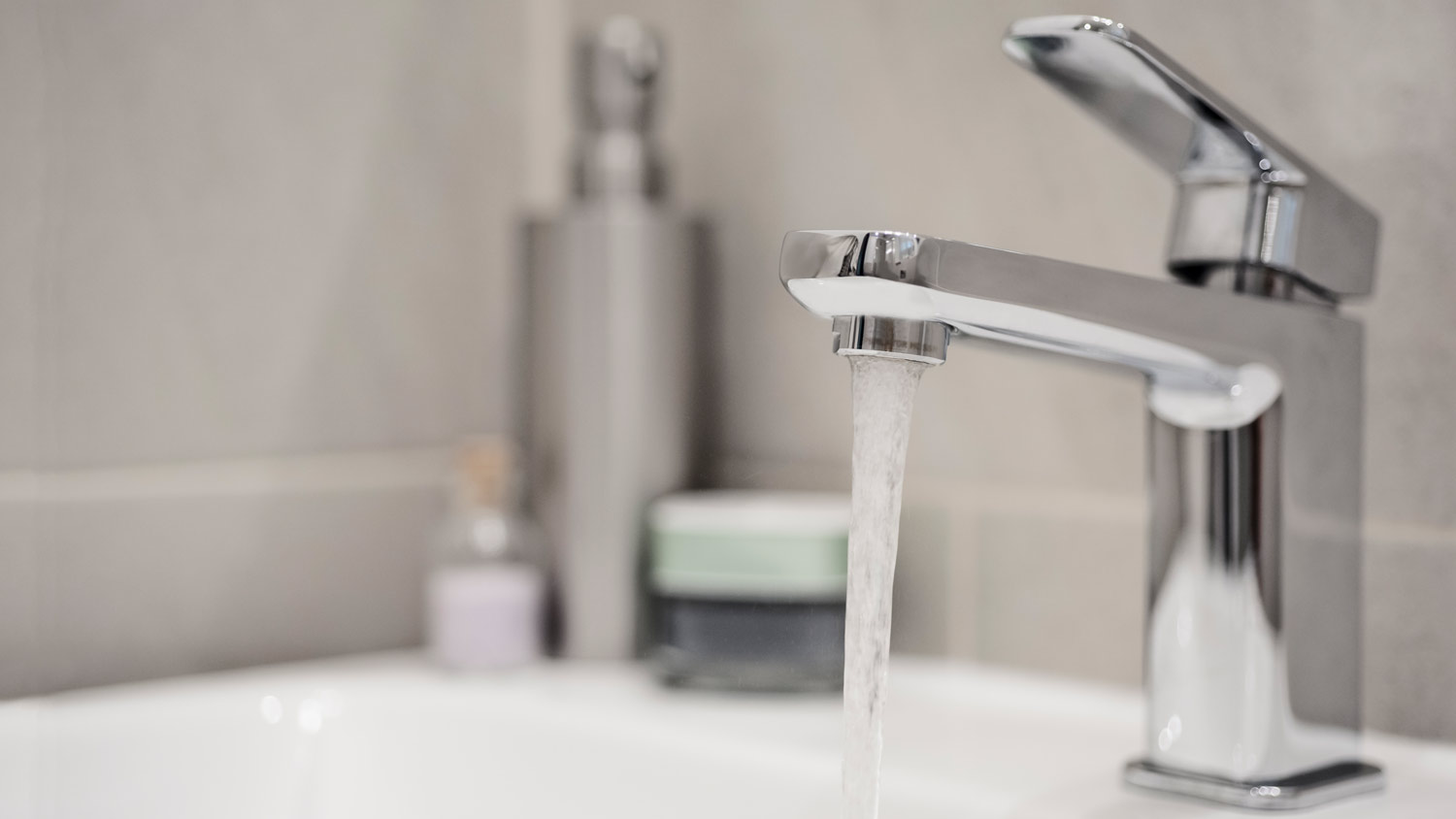
Though some categorize water heating as part of overall heating electricity consumption, the water heater is actually part of the plumbing system, and so has its own category. Water heaters use electricity to heat the water used for showers, sinks, dishwashers, and washing machines. Water heaters typically run between three and five hours a day. To reduce the amount of electricity the water heater uses, you can wash your clothes on cold or turn off the heat setting on the dishwasher.
Water heaters are responsible for 13.8% of household electricity usage.

Lighting comes in third on the list of what uses the most electricity in the home. While there are ways to reduce electricity consumption for HVAC systems and water heaters, reducing your energy consumption through lighting is a bit easier. Just making a smarter decision in your choice of light bulbs and the type of lighting in your home can have an impact. LED light bulbs use 75% less energy than incandescent bulbs and can last 25 times longer. And simply turning off lights that you aren’t using can help reduce the total amount of electricity that lighting uses.
Lighting accounts for 10.3% of residential electricity consumption.
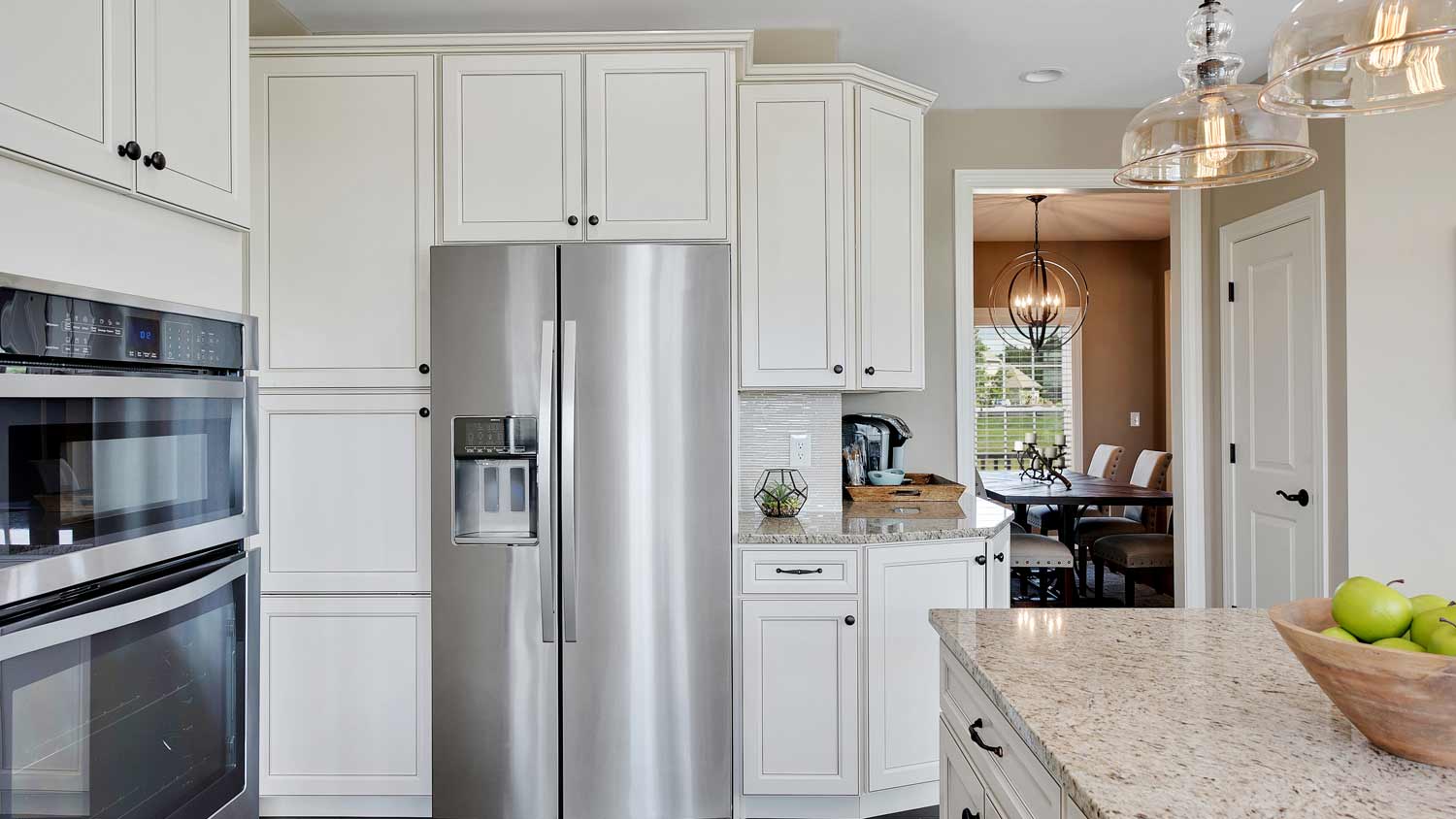
In the U.S., 99% of homes have a refrigerator, with 30% having two or more. Many homes also have a separate freezer, especially in the Midwest, where 34% of homes had a second refrigerator and 39% used a separate freezer, according to the 2015 RECS. It’s not a surprise that this kitchen must-have uses a lot of energy: Refrigerators are unique appliances in that, in order to do their job, they must run all day, every day.
Refrigerators use 7% of the total electricity consumed.
Separate freezers use 1.6% of household electricity.
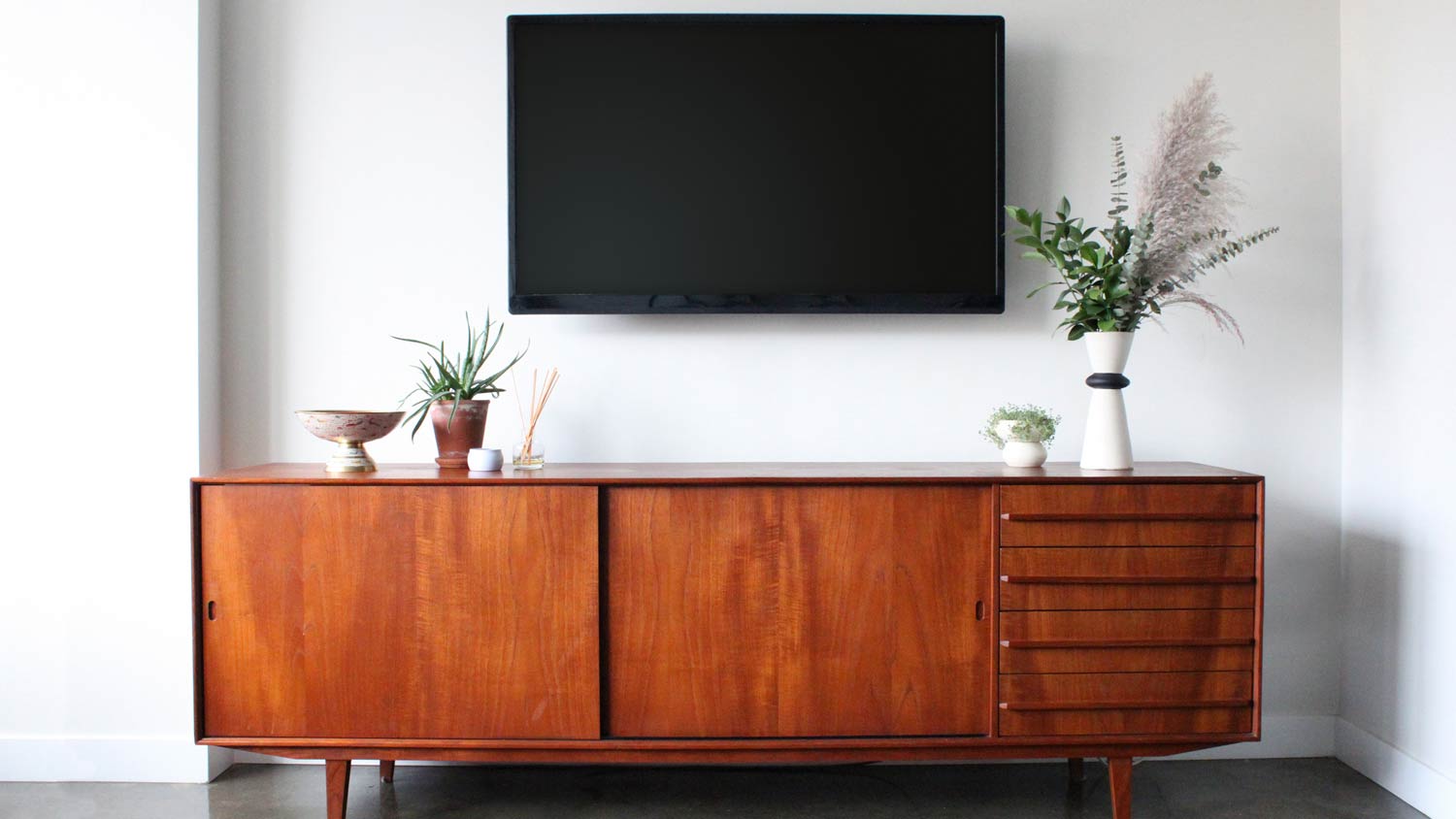
While TVs used to be the main source of electronic entertainment in the home, today’s electronic devices also include cell phones and tablets, among others. The average person spends about 4.8 hours per day using mobile apps and an average of two and a half hours watching TV. Just think of how many devices you likely have charging at your bedside table at night, and it’s no surprise that this category makes the list.
TVs and electronic devices use 6.9% of household electricity.
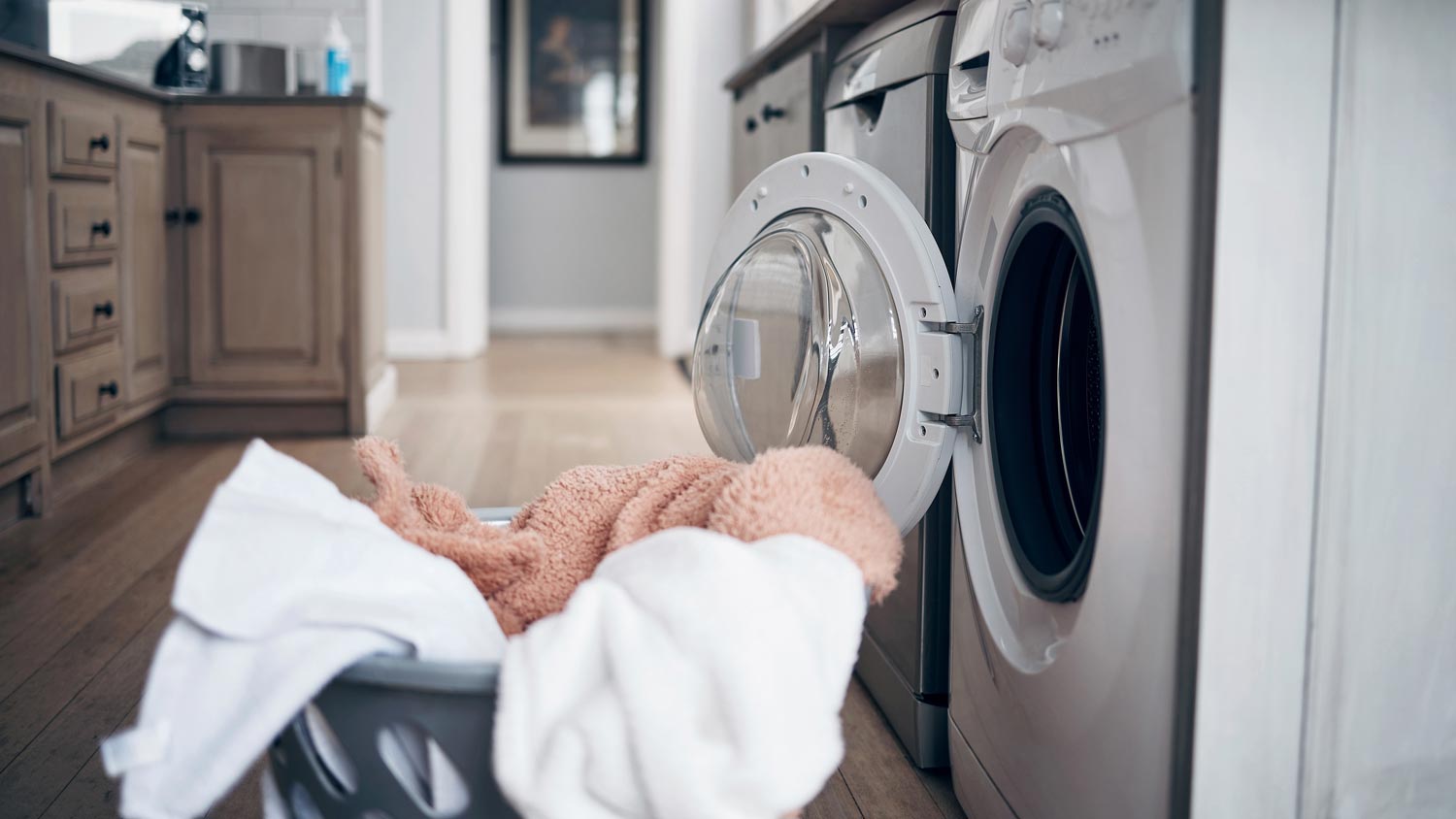
Clothes dryers, while not the most significant source of household electricity use, still use enough energy to place at number six on the list of what uses the most electricity in the home. You can cut down on your electric usage in this category if you have a place to hang dry clothes either outdoors on a clothesline or indoors on a hanging rack.
Dryers account for 4.5% of total electricity use.
If you’re interested in how much electricity the different appliances in your home are using, you can find an electrician near you who can perform an electrical audit. This process will show you what uses the most electricity in the home so you can begin to make changes where possible. The electrician can often offer solutions and ideas for reducing the amount of electricity your home uses.
From average costs to expert advice, get all the answers you need to get your job done.

Get a clear estimate for attic fan repair costs to learn what impacts pricing, how to save, and whether to repair or replace your attic fan.

Whether you’re shopping for a new home or simply doing a safety check on your current place, learn what factors influence an electrical inspection cost.

If your outside electrical meter box has sustained wear and tear, it might be time for a replacement. How much it costs to replace an electrical meter box depends on labor, model, and box type.

Discover the various types of circuit breakers, their unique features, pros and cons, and the best applications for each in this comprehensive guide.

When you want to control one light fixture from two switches—usually at either entrance to a hallway—you’ll need a three-way switch. It’s more complicated than installing a single switch, but an electrician can stall one for you easily.

Planning out a 50-amp circuit? Selecting the right wire size is crucial. Find out how to determine the right 50-amp wire size.